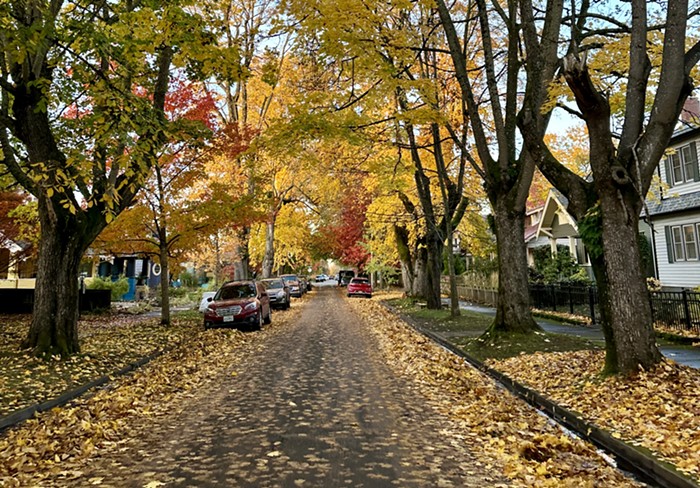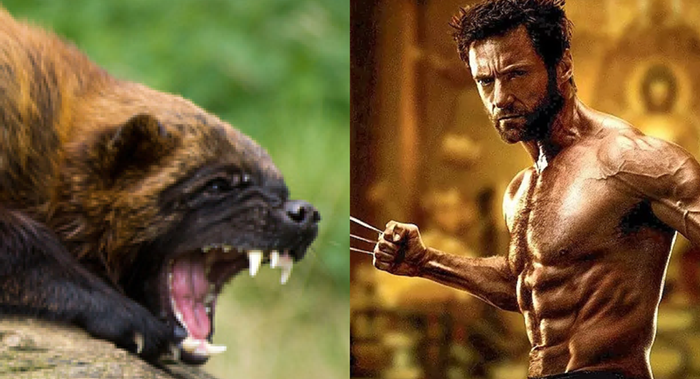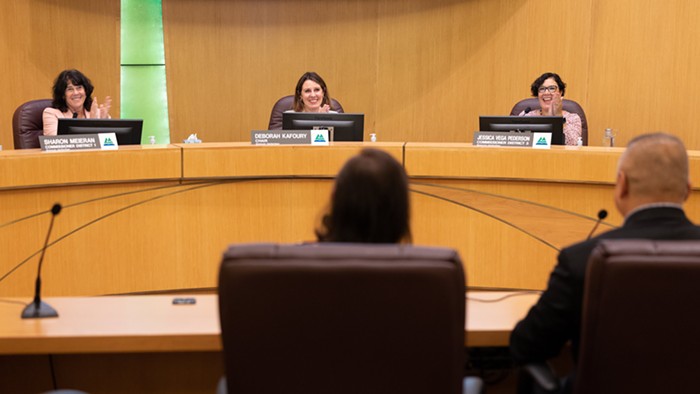FOREST PARK is in trouble. The 5,000-acre woodland on Portland's Westside makes up half of the city's parkland—yet it receives just half of one percent of the parks bureau's budget. And what the park will look like in the future depends on who can afford to maintain it.
Biologist Nancy Broshot raised alarm bells recently when she released data from a startling report: A generation of trees is missing in Forest Park. Old trees are dying, like usual, but over the past decade new trees failed to grow.
Broshot, who is an associate professor at Linfield College's Portland campus, hiked the forest counting young trees in 1993 and again in 2003. The second time around, she noticed that many of those young trees hadn't survived. Nobody has been able to explain the mortality rates, says Broshot, but something is interrupting the natural order of things in Forest Park.
"I'm not ready to say the park is unhealthy and dying, but if these tendencies continue, then that bodes really ill for the park," says Broshot. She will do another survey in 2013.
As trees disappear, Portland Parks and Recreation doesn't have the money to finance replanting efforts. To manage Forest Park, the city bureau relies on a $125,000 grant from, of all places, the Federal Emergency Management Agency (FEMA). Since FEMA's priority is preventing wildfire, not investigating mysterious tree death, the reforestation work focuses on fringes of the park that are closest to buildings. Also, FEMA gets to dictate what gets planted: mostly fire-resistant deciduous trees instead of fast-burning conifers like Douglas-fir.
Deciduous trees like the Bigleaf Maple now dominate areas of the park that were burned by forest fires in the past. With young conifers failing to appear and replanting focusing almost exclusively on deciduous trees, the park is moving further away from its natural state.
A recent City Club of Portland report on Forest Park lamented that conifers now dominate only 25 percent of the forest. "Still," the report notes, "if the natural processes were allowed to unfold... we could see slow movement toward a forest with old-growth characteristics."
"That's possible, but not in our lifetime," says Michelle Bussard, executive director of the Forest Park Conservancy, a nonprofit group that advocates for the park.
The conservancy puts around $250,000 a year of its own money into restoration and maintenance efforts, which include trail work and tree plantings.
"We work with hundreds of volunteers to plant new trees," says Bussard. "Thank God for poor, starving college students."
Parks and Recreation Director Zari Santner says that the combined expenditures of city agencies, Forest Park Conservancy, and volunteer hours to maintain Forest Park equal about $1 million a year.
Some of the city funds for Forest Park come from a surprising place: the sewer budget. Forest Park's trees are crucial to controlling water runoff that could pollute local water.
"You need a healthy tree canopy to control runoff into the streams," says James Allison, director of the Bureau of Environmental Service's revegetation program, which works in Forest Park. "We partner with parks to control invasive plants, like ivy and clematis, that could bring down that canopy. The cost of prevention is literally pennies on the dollar."
Human interference, dying trees, and invasive species have pushed the park past the point of self-sufficiency, say those who have studied it. Without better management, Forest Park might not be a forest for long.
"If you did nothing, it would eventually turn into Laurelhurst Park," says Megge Van Valkenburg, chair of the City Club study group. "It would be a nice park, but it wouldn't be a forest."
The City Club report, which will be presented at the Governor Hotel on Friday, June 4, cites the parks bureau's dwindling budget as it recommends transferring management of the park from city government to a regional authority.
Van Valkenburg phrased this view simply at a recent town hall meeting. "Maybe it comes down to acknowledging that the city can't afford Forest Park."



















